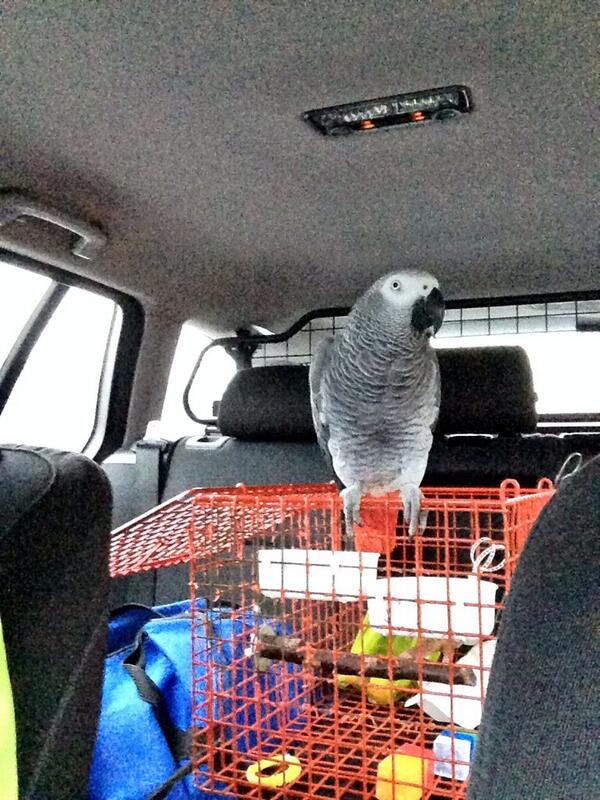1. When we first moved to Stoneybatter, we noticed a cat frequenting Billy Edwards Park #cativersary pic.twitter.com/8dDvcfHw80
— Ian Moore (@IanMoore3000) June 11, 2016
2. One year ago today she invited herself in to visit. She seemed friendly #cativersary pic.twitter.com/SfANpTaE27
— Ian Moore (@IanMoore3000) June 11, 2016
3. The cat made herself at home. We called her Billy Edwards, after the park #cativersary pic.twitter.com/lKMNKCZrMF
— Ian Moore (@IanMoore3000) June 11, 2016
4. Cat likes resting in the windowsill #cativersary pic.twitter.com/9fqqFJyMJY
— Ian Moore (@IanMoore3000) June 11, 2016
5. Cat does not like other cats, especially Backyard Cat #cativersary pic.twitter.com/DrUYzbUNdT
— Ian Moore (@IanMoore3000) June 11, 2016
6. Cat knows how to live #cativersary pic.twitter.com/FaxbZIEsY3
— Ian Moore (@IanMoore3000) June 11, 2016
7. Cat sometimes goes exploring, but remains wary of meeting her enemy #cativersary pic.twitter.com/AEjs7VUkSA
— Ian Moore (@IanMoore3000) June 11, 2016
8. Cat keeps an eye on shady local characters #cativersary pic.twitter.com/jSCNYAe8VC
— Ian Moore (@IanMoore3000) June 11, 2016
9. Cat does not like when it rains #cativersary pic.twitter.com/mCA5kHC869
— Ian Moore (@IanMoore3000) June 11, 2016
10. Cat does not like when I play “Bitches Brew” #cativersary pic.twitter.com/P2y3KMxk7J
— Ian Moore (@IanMoore3000) June 11, 2016
11. Cat collects heavy artillery #cativersary pic.twitter.com/dF397BEAAQ
— Ian Moore (@IanMoore3000) June 11, 2016
12. Cat solicits Dreamies #cativersary pic.twitter.com/LEWQq8kPEA
— Ian Moore (@IanMoore3000) June 11, 2016
13. Fleas made her sick so sad cat had to go to the vet #cativersary pic.twitter.com/AsrYat7DSh
— Ian Moore (@IanMoore3000) June 11, 2016
14. Once cat was better she caught up on the latest internet news #cativersary pic.twitter.com/Mw3glB6WG0
— Ian Moore (@IanMoore3000) June 11, 2016
15. We found her original home, but cat elected not to back as she has fallen out with her sister #cativersary pic.twitter.com/SVBfqtxo5Z
— Ian Moore (@IanMoore3000) June 11, 2016
16. The two sisters in happier times #cativersary pic.twitter.com/cIRDD5vBtm
— Ian Moore (@IanMoore3000) June 11, 2016
17. Cat has added many smudges to our front window #cativersary pic.twitter.com/JZud7CdGz0
— Ian Moore (@IanMoore3000) June 11, 2016
18. Cat does not take any nonsense #cativersary pic.twitter.com/Jj1w6QmMeO
— Ian Moore (@IanMoore3000) June 11, 2016
19. Cat makes the best of her tough life #cativersary pic.twitter.com/bdooJOg97N
— Ian Moore (@IanMoore3000) June 11, 2016
20. She may be the world’s prettiest cat #cativersary pic.twitter.com/dC78qJ9OZ5
— Ian Moore (@IanMoore3000) June 11, 2016
More amazing cat pictures here and here


